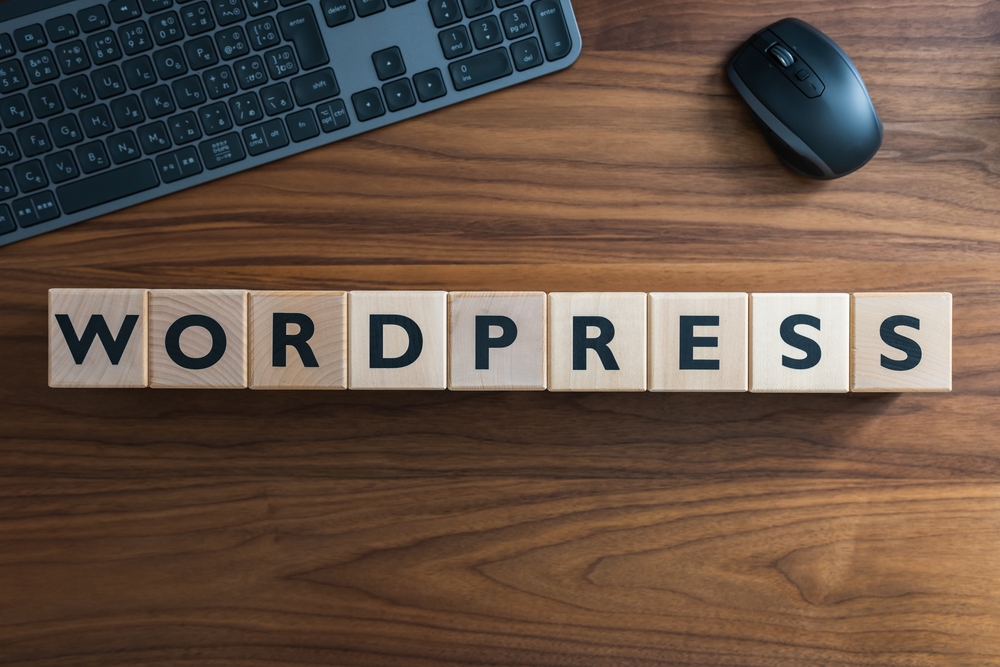
Mastering the Art of Blogging: Tips and Tricks for Creating Engaging Content

Creating a successful blog requires more than just writing some words and hitting publish. In order to truly master the art of blogging, you need to understand what makes content engaging, how to attract and retain readers, and how to keep them coming back for more. With the right strategies and techniques, you can take your blog to the next level and turn it into a blog website valuable resource that people can't get enough of.
Know Your Audience
One of the most important things you can do as a blogger is to know your audience inside and out. Who are they? What are they interested in? What do they want to learn more about? By answering these questions, you can tailor your content to meet the needs and expectations of your readers. This will not only help you attract more readers, but also keep them coming back for more.
When you know your audience, you can create content that resonates with them on a deeper level. You can speak directly to their needs, concerns, and desires, making them feel like you understand them and their struggles. This will help you build a strong connection with your audience and keep them engaged with your blog.
Write Compelling Headlines
One of the first things people see when they come across your blog is the headline of your post. If your headline isn't compelling enough, people won't click on your post to read more. That's why it's important to spend time crafting headlines that grab attention and make people curious to learn more.
When writing headlines, try to be specific and promise a clear benefit to the reader. Use power words that evoke emotion and curiosity, and make sure your headline is relevant to the content of your post. By writing compelling headlines, you can increase your click-through rates and attract more readers to your blog.
Create Quality Content
When it comes to blogging, content is king. If you want to attract and retain readers, you need to create high-quality, valuable weblog content that people want to read. This means writing well-researched, well-written, and engaging posts that provide real value to your audience.
One way to create quality content is to focus on solving your audience's problems. What are they struggling with? How can you help them overcome their challenges? By providing practical tips, insights, and advice, you blog can position yourself as a trusted resource in your niche and build a loyal following of readers.
Use Visuals
Visuals can make a huge difference in the engagement level of your blog posts. People are naturally drawn to images, videos, and infographics, so it's important to include visuals in your posts to break up the text and make your content more visually appealing.
When selecting visuals for your blog posts, make sure they are relevant to the content and help support your message. High-quality, eye-catching visuals can grab the reader's attention and keep them engaged with your blog. blog site Plus, visuals can help convey information more effectively and make your content more shareable on social media.
Promote Your Blog
Once you've created engaging content for your blog, it's important to promote it to reach a wider audience. There are many ways you can promote your blog, including sharing your posts on social media, guest posting on other weblog site , participating in online communities, and optimizing your blog for search engines.
By actively promoting your blog and getting your content in front of more people, you can attract new readers and grow your blog's following. The more exposure your blog gets, the more opportunities you have to connect with readers and build a loyal community around your blog.
Engage with Your Audience
Engagement is key to building a successful blog. When readers feel like they can connect with you and have a conversation, they are more likely to become loyal followers of your blog. Make sure to respond to comments on your posts, answer reader's questions, and solicit feedback to show your audience that you value their input.
You can also engage with your audience by asking for their opinions, starting discussions, and encouraging them to share their thoughts and experiences. By creating a dialogue with your readers, you can build a sense of community around your blog and keep people coming back for more.
Frequently Asked Questions
1. How often should I post on my blog?
There is no one-size-fits-all answer to this question. It's important to find a posting frequency that works for you and your audience. Some bloggers post daily, while others post weekly or even monthly. The key is to be consistent and provide valuable content regularly.
2. Should I focus on a specific niche for my blog?
It's generally a good idea to focus on a specific niche for your blog, as this can help you attract a more targeted audience. By catering to a specific niche, you can establish yourself as an expert in that area and build a loyal following of readers who are interested in your content.
3. How can I monetize my blog?
There are many different ways you can monetize your blog, including affiliate marketing, sponsored posts, selling products or services, and displaying ads. The key is to choose monetization strategies that align with your audience and provide value to your readers without sacrificing the quality of your content.
4. How can I make my blog stand out from the competition?
To make your blog stand out from the competition, focus on creating unique, valuable content that sets you apart from other bloggers in your niche. Find your own voice and style, and create content that is original, useful, and engaging. Building a strong brand around your blog can also help differentiate you from the competition.
5. Should I use SEO techniques for my blog?
Search engine optimization (SEO) can help improve the visibility of your blog in search engine results and drive more organic traffic to your site. By using SEO techniques such as keyword research, optimizing your meta tags, and building backlinks, you can increase your blog's chances of ranking higher in search results and attracting more readers.
Other useful resources